- Home
- Condensation
- T3 What does Condensation Mean
What does condensation mean to home owners?
So what does condensation mean to you and me, when it comes to our homes?
There are many of us who aren’t totally sure what condensation is, how it forms or the health risks associated with untreated condensation and the black mould that ultimately grows in areas affected by condensation.
What Does Condensation Mean to me?
To me, condensation is probably one of the biggest threats to homes that have been retrofitted with insulation and modern draught resistant windows and doors.
That probably sounds a bit dramatic but if you've upgraded your insulation and/or installed draught proof doors and windows, your home probably already suffers from condensation to some degree (i know mine did until I figured out how to stop it).
The easiest way of explaining what it is, is to think of a cloud.
We all know that when the sun shines on a water source such a puddle, the ground and the water warm up. Once it warms up enough the water starts to evaporate and the puddle eventually disappears as the water vapour floats off into the atmosphere.
As the water vapour rises into the sky the air temperature cools the higher it goes and as the vapour cools water droplets start to combine forming larger droplets, that are still light enough to stay afloat, but large enough to see (i.e. clouds).
Then if these clouds pass into an area of even cooler air, for example when they gain altitude to get over a mountain range etc., the droplets condense to the point where they're too heavy to float, and fall as rain.
When we think of condensation in our homes the process is exactly the same, just on a smaller scale.
We can't see it as a cloud but it's there none the less and when it meets a cold surface the water vapour condenses to form water droplets as can be seen on the picture of my bathroom wall after taking a shower.
Water Sources in the Home:
When we talk about condensation in the home we obviously don’t have puddles etc. to act as a water source, however we do have other water sources such as:
- Drying clothes indoors.
- Cooking without lids on our saucepans.
- People breathing - we each breath out 2-3 litres of water vapour per night.
- Bathing - we release huge quantities of water vapour when showering etc.
- Tumble dryers that don’t vent to the outside of your home.
- Kettles boiling etc.
Basically anything that produces hot water or steam can contribute to the water vapour present in your home.
You obviously can’t see the water vapour as a cloud within your home; but it’s there, floating around until it finds a cool spot onto which it can condense.
Once it finds a surface that’s cool enough (below dew point), it’ll condense. Then just like the clouds tiny droplets will form on that cool surface.
It’s at this point that it becomes visible, if you look closely enough. Just like droplets forming on the outside of a cold glass of your favourite tipple.
I’m sure you’ll have seen these droplets on the wall of your bathroom just after you’ve taken a shower or bath on a cold winter morning. If you’ve got uninsulated walls you’ve probably even seen the droplets joining together and running down your walls to form little puddles on the floor.
Even if you live in a well insulated home, and don't notice it on the wall surfaces, you’ll have seen condensation on windows because a window is clear (and colder than the wall) making it easy to see when condensation occurs.
Black Mould:
I couldn’t really talk about what condensation means to the home owner without looking at black mould which is one of the biggest risks from condensation in the home due to the health risks associated with it.
This mould starts to grow in areas where we don’t typically see condensation such as decorated wall surfaces and ceilings.
Why? - If you see condensation/water vapour on your windows you probably wipe it dry with a towel. Which means black mould is unlikely to grow there as you’ve just removed the moisture source the mould needs in order to grow.
So the areas where we don’t immediately notice the condensation/water vapour settling, like walls and ceilings (typically in the corners of rooms) tend to be the areas where we start to see the black mould growing first.
And black mould presents serious health risks to you and your family.
How to stop it:
To stop condensation you need to do three things:
- Reduce the amount of water vapour circulation around your home.
- Increase the heat in your home by reducing draughts and insulating to make your surfaces warmer.
- Increase ventilation (preferably controlled ventilation).
Conclusion:
Hopefully this has helped answer the question 'what does condensation mean to homeowners'?
You’ll should now be able to spot the initial signs and do something about it. However don’t just wash off the mould and assume you’ve cured it.
If you want to stop it from returning you’ll need to reduce the amount of water vapour present in the affected area, increase the heat and increase the ventilation. Here's an article showing how I managed to completely cure my condensation issues in my bathroom.
These are things you should be able o do yourself or you could talk to a firm of ventilation experts who’ll be able to give you specific advice and do the hard work for you.
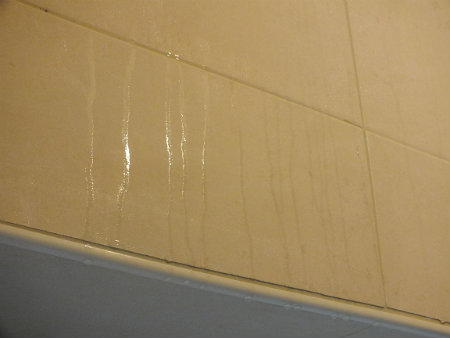
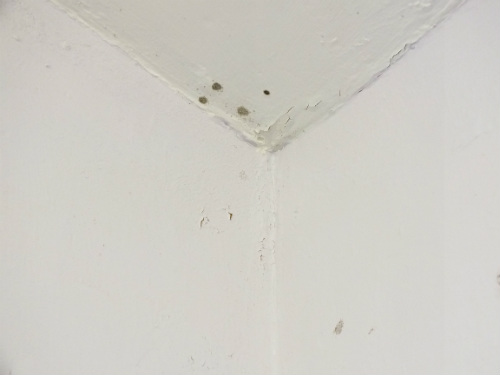
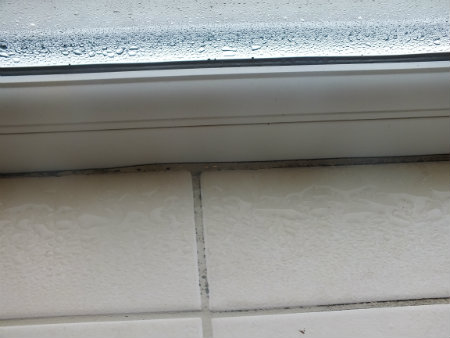
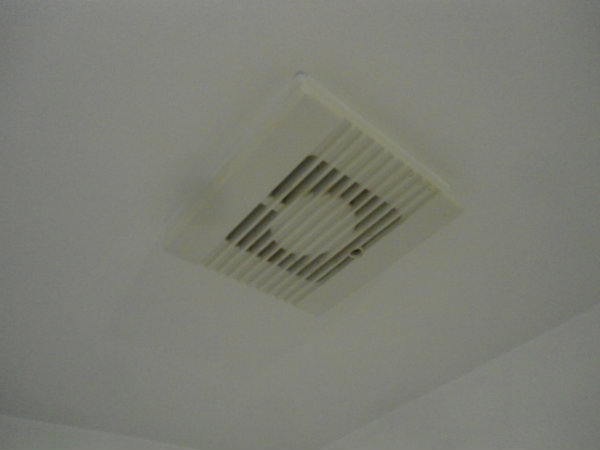

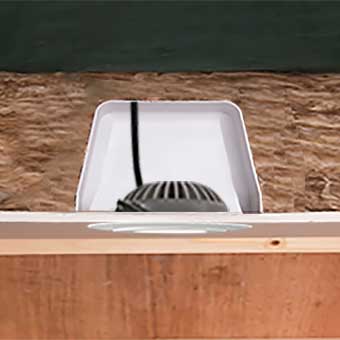

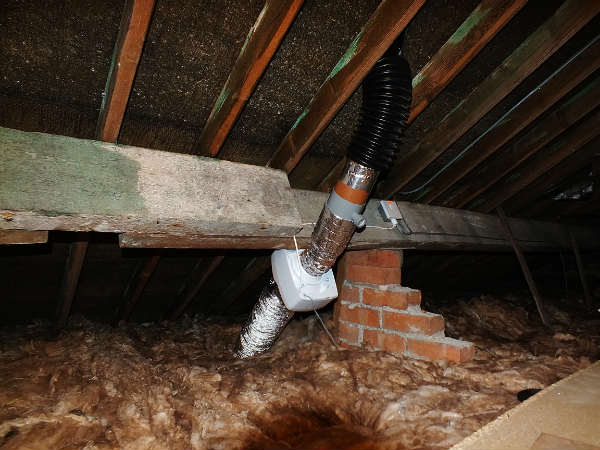





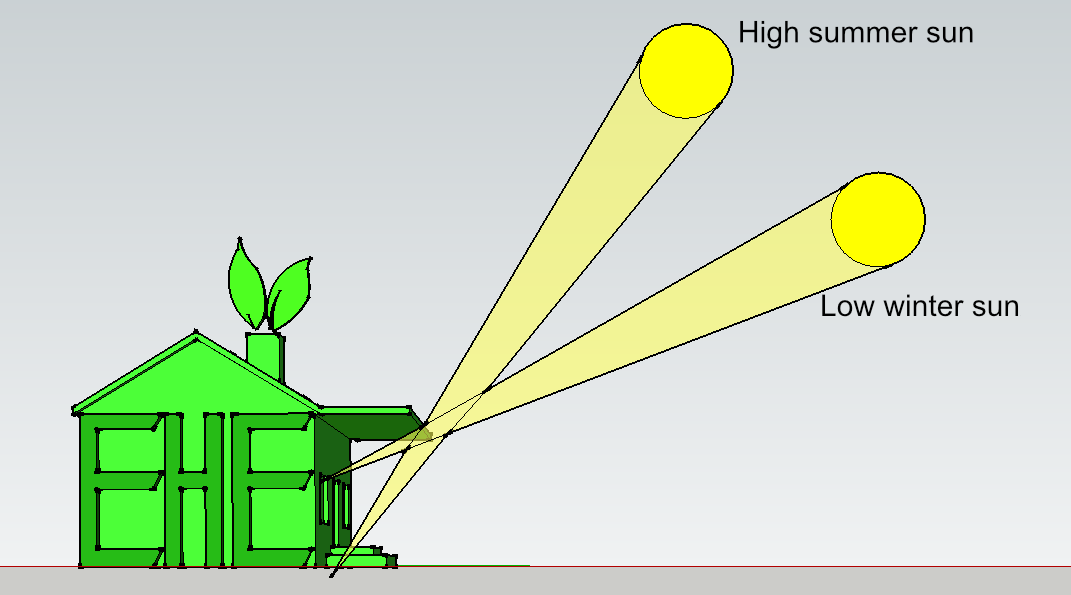
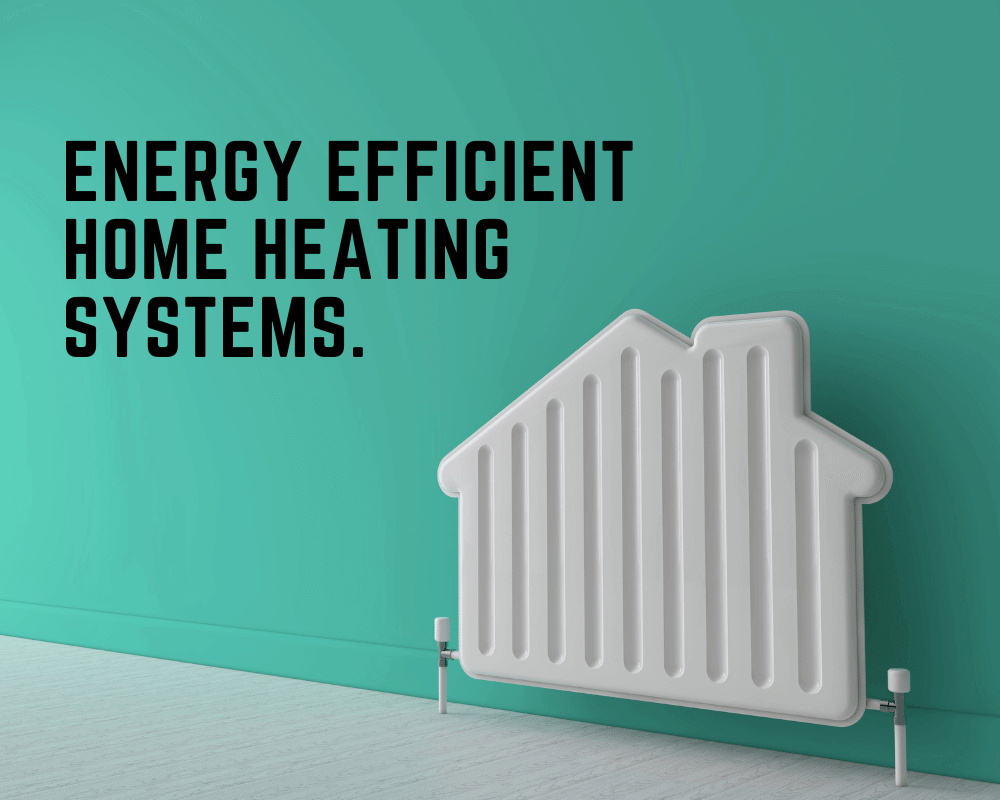
New! Comments
Have your say about what you just read! Leave me a comment in the box below.